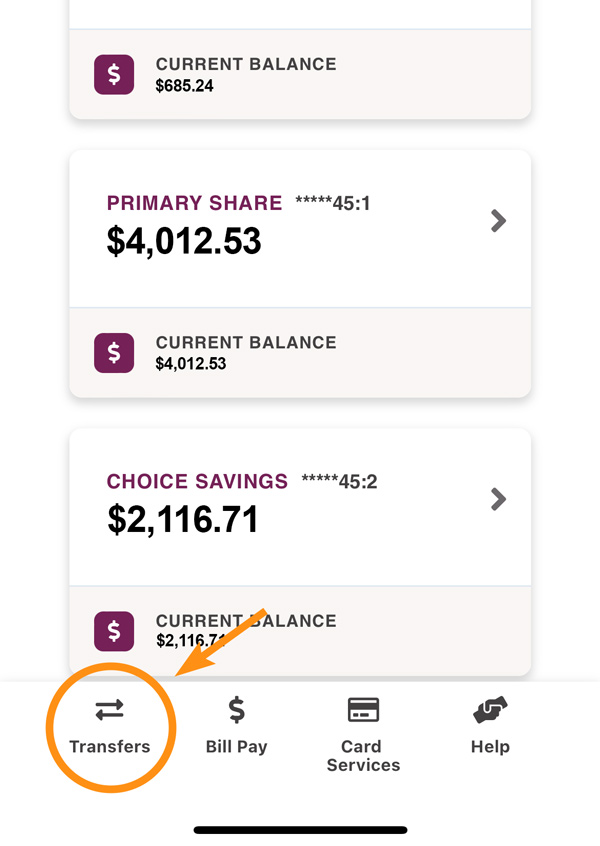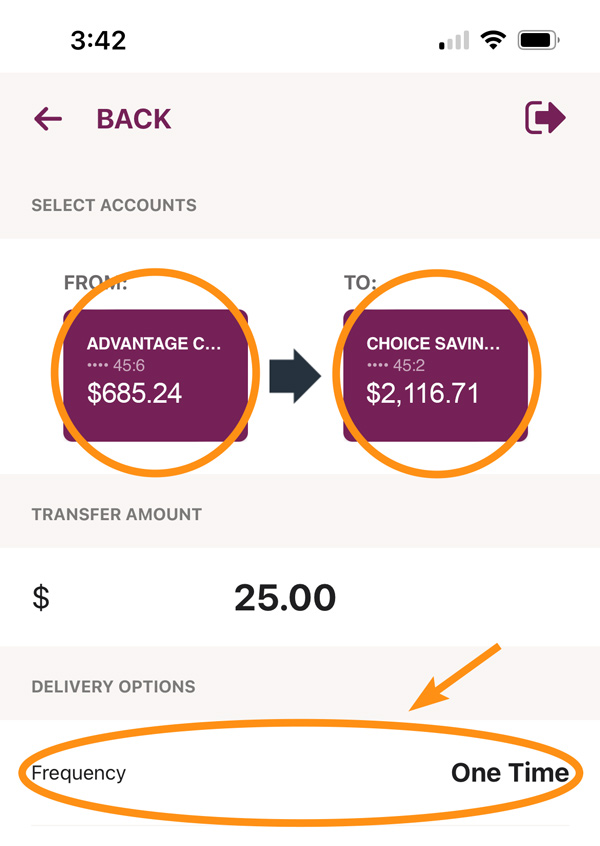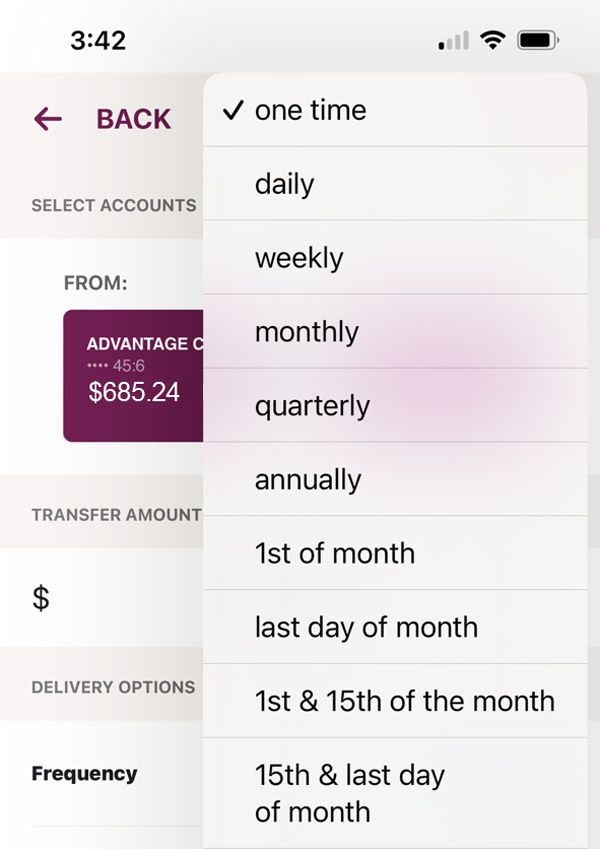Make financial wellness a habit.
Congratulations! You’ve reached the final step of our financial wellness journey. In this step, we’ll share tips on making financial wellness a habit and revisit the steps from our financial wellness journey. You’ll want to review, adjust, and, in some cases, automate key components of your financial health to keep it in top shape.
Use these 8 tips to make financial wellness part of your routine:
1. Set reminders.
Utilize calendar alerts or apps like budgeting software to remind yourself to review your budget, credit report, and retirement accounts. Set these reminders for specific times on a regular basis.
Budgets need to be reviewed and adjusted every few months or so to ensure they still work for your present life circumstances. Fluctuations in consumer prices, your income, and various life expenses need to be accounted for in your budget.
Check each of your three credit reports once a year, at a minimum, to make sure the information is accurate, and no accounts have been opened in your name without your knowledge. You can get a free copy of your credit report from each credit bureau once a year by visiting annualcreditreport.com.
Have you opened retirement accounts at work and beyond? Take time each week to review your retirement accounts and to assess how they are performing. Make sure you’re saving enough now to generate the income you’ll need later using our Retirement Income Calculator.
2. Use visual aids.
Post visual reminders, such as sticky notes or a whiteboard, in prominent places like your desk or refrigerator. These can serve as daily reminders to check on the key factors that contribute to your financial health, such as your budget, credit score, debt-paying journey, or your progress on saving for a new car, vacation, or other short and long-term goals. Words of encouragement can be powerful when reaching your goals.

3. Automate your budget and savings goals.
Use budgeting apps or software that automate some aspects of budgeting, such as tracking expenses or categorizing transactions. This can make the process easier and more efficient. You may find that you’re able to increase payments toward your debt to make it disappear sooner.
You can also automate the deposits in your Everwise Savings Accounts, so you don’t have to remember to make transfers to them every payday. You can establish a separate savings account for each of your savings’ goals. Then, set up automatic transfers from your checking to each savings account contributing a certain amount each month. This makes it easy to stay on track and to see when you’re closing in on your goals.



4. Make it fit into your routine.
Consistency is key. Try to make reviewing your financial health a habit by associating it with another regular activity, such as checking your email or cooking dinner.
5. Involve others.
If you have a partner, children, or close family members, involve them in your financial wellness journey. This not only helps share the responsibility, but also serves as a reminder when discussing financial matters. Learn about topics, strategies, and best practices for having Family Conversations about Money through our free online learning module.
6. Track progress.
As you are regularly reviewing your budget, your credit, and your retirement accounts, be sure to keep track of your progress towards reaching your financial goals. This not only keeps you aligned with your short-term and long-term financial objectives, but also instills a sense of discipline and accountability in managing your money. Seeing your progress can be very motivating and reinforce good financial habits.
7. Reward yourself.
Consider rewarding yourself for sticking to your financial wellness routine. It could be something small, like treating yourself to a coffee or a movie night, as a way to celebrate your achievements and financial discipline.
8. Reflect and adjust.
Periodically reflect on the lessons you have learned in this journey and make adjustments as needed. Life circumstances and financial priorities may change, so staying flexible and adapting accordingly is important.
Thank you for joining us on your financial wellness journey. Although we are at the end of this financial wellness series, your journey will continue for many years to come. We hope you’ve learned a lot, and your financial picture is brighter now!
Revisit the steps on our financial wellness journey below.
Step 1: Track your spending and create a budget.
Step 2: Pay down debt.
Step 3: Pay yourself first.
Step 4: Build and maintain an excellent credit score.
Step 5: Plan for retirement and start investing.
Continue to learn more through our Financial Planning & Education page and our free, online Personal Finance Program learning modules. Everwise’s Personal Finance Program, powered by Everfi, provides quick and convenient lessons that you can access anytime, anywhere!
